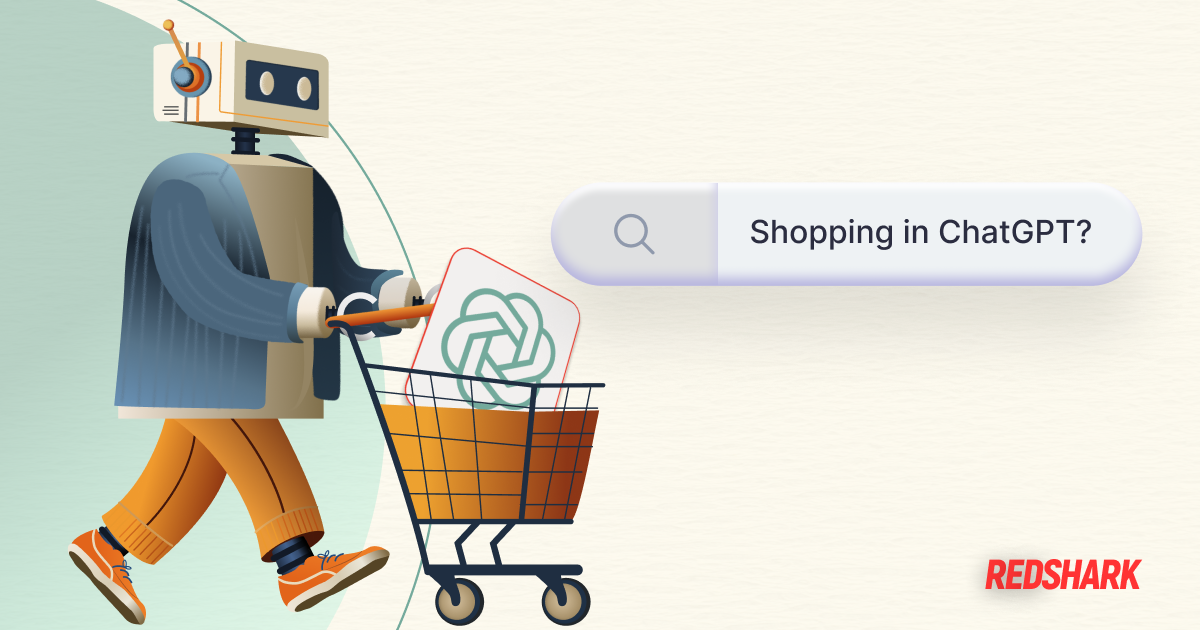
50 Digital Marketing Terms Everyone Should Know
50 Digital Marketing Terms Everyone Should Know
Featured & Recent Articles
November 12, 2021
Updated:
May 1, 2023
50 Digital Marketing Terms Everyone Should Know

The digital marketing field has very complex language that tends to sound like jargon to anyone who isn’t involved in the business. Starting a new digital marketing campaign for your business can be complicated, to say the least, and these terms certainly don’t make it easier. To make this a bit simpler, below we are providing you with a list of 50 terms to help you get to know the digital marketing agency a little better.
- Above the Fold: This is a term derived from the print advertising industry. This describes the area of a webpage that is visible before the website visitor scrolls down the page.
- Advertisement: A single marketing message that includes a mix of text, images, or digital video.
- Advertising Category: A category that relates to the products, services, and brands you wish to advertise online to a specific target market.
- Ad Position: This represents a statistic that describes how your ad typically ranks against other ads.
- Ad Targeting: Delivering ads to pre-selected audiences based on various attributes including, geography, demographics, psychographics, web browsing behaviors, and past purchases.
- Ad Auction: The process that happens with each Google search to decide which ads will appear for that specific search and in which order those ads will show on the page.
- Ad Unit: The size and format specification for an ad.
- Analytics: Data and statistics about users of a website and how they interact with the website.
- Attribution: The determining of which part of a marketing campaign has the greatest effect on the consumer.
- Audience: A group of people identified by a brand for ad targeting purposes.
- Brand Awareness: The extent to which a potential consumer may recall and identify a particular product or service.
- Browser: A software program with a graphical interface that people use to navigate all the information available on the world wide web.
- Bounce Rate: a bounce is a website visit in which the visitor only looked at the single page they landed on and did not click a second link to explore the site, then left or closed their browser.
- Call To Action (CTA): A phrase included in an ad or a graphic element like a button, that invites consumers to take a certain action.
- Campaign: A campaign contains one or more ad sets and ads. To do this you will need to choose one advertising objective for each of your campaigns.
- Clicks: This is the total number of actions that people take involving your ads. This generally refers to someone clicking a link or image to take action on what they see and connect to a relevant webpage on your business website.
- Click-Through Rate (CTR): This is expressed as a percentage of total impressions. This shows how often people who are showed an ad end up clicking on it.
- Contextual Targeting: Selecting an audience based on the type of content being displayed on a particular webpage.
- Conversion: A conversion occurs when a click on your digital ad leads directly to a behavior that’s valuable to you, such as calling your business, completing your call to action on a landing page.
- Conversion Rate: The number of people who converted on your website (typically filling out a form or another action that you have predefined) divided by the number of people who visited your website.
- Conversion Tracking: Monitoring how many conversion has occurred during any specific time period, and analyzing which ads led to the conversions.
- Cookie: Information that is stored on a website visitor’s browser. A cookie tracks the visitor’s movement on the website and it is used to remember the visitor’s behaviors and preferences.
- Copy: This is a text in an ad or landing page.
- Cost Per Acquisition: The ratio of the total cost of a digital marketing campaign to the total number of conversion
- Cost Per Click: How much an advertiser pays on average for each ad click.
- Cross-device: This involves many screens- laptops, tablets, phones, desktop computers, and TVs. Marketers are attempting to understand when their messages reach consumers on different devices throughout the day, identifying users accurately as they switch screens. This data allows marketers to avoid repeating messages to the same person on different screens more than they want to.
- Direct Response: A campaign or ad specifically created to encourage audiences to take immediate action.
- Display Advertising: This is a type of digital advertising that comes in several forms, including banners, videos, HTML5 and social media and uses images, audio, and video. Most contain both a national brand and local retailer contact information along with the product imagery.
- Engagement Rate: This shows how long a person is on your website.
- Frequency: The average number of times each person saw your ad.
- Funnel: The steps someone will take from the first time they are a visitor on your website along the way to becoming a customer. Someone high in the funnel is building awareness of your business, products, and services and do not have intent on buying soon. On the other hand, someone low in the funnel is deciding which product to buy or business to purchase it from is showing higher intent to buy soon.
- Geographic Targeting: Selecting an audience for a campaign based on a given target market.
- Impressions: Total impressions are the number of times your ads were viewed during a given time period.
- In-Stream Video Ads: Video ads played before, during, or after the video content the publisher is delivering to the consumer.
- Interstitial Ads: Ads that appear between two different content pages, served when a website visitor navigates from one page on a website to another.
- Keyword: A specific word or phrase chosen by advertisers to trigger and include in their ad within search engine results.
- Landing Page: A webpage on a business website that contains a form or other conversion elements that exist solely to capture a customer’s information.
- Lead: A potential customer.
- Mobile Advertising: Refers to a search ad, banner, digital video, or social media post appearing in smartphone search results on Google or other search engines.
- Page Engagement: The total number of actions that people took on your Facebook page or website.
- Quality Score: This Google’s estimate of the quality of your ad and landing pages triggered by online research based on a scale of 1-10.
- Pixel: A small piece of code provided to your website that enables you to measure, optimize, and build audiences for your ad campaigns.
- Placement: Where ads will appear online.
- Reach: The number of unique people who saw your ads at least once.
- Retargeting: Serving ads to people who have previously visited your website.
- Search Engine Marketing (SEM): the process of attracting high-intent customers and delivering brand or product visibility from search engines by purchasing traffic through paid search engine listings.
- Search Engine Optimization: The process of boosting the visibility of your website in a search engine’s unpaid results referred to as organic or earned results.
- Share Of Voice(SOV): a measure of how well your digital ads are penetrating your target geography.
- View Through: Used to measure a consumer’s behavior after they’ve been served an ad.
- Social Media Advertising: A form of online advertising that focuses on social networking services.
For all of your digital marketing needs, contact Red Shark Digital today!
One Focus:
Keeping You Up To Date.
Digital marketing news delivered to your inbox without the fluff...Maybe a little fluff....The cute kind 🐶!














.png)




.png)
.jpg)




